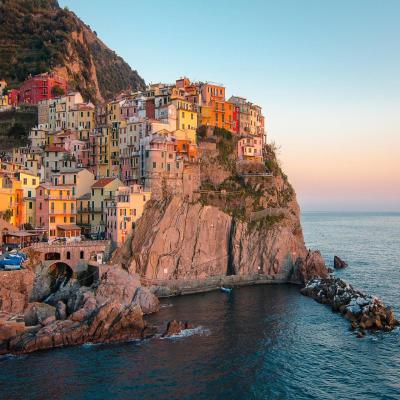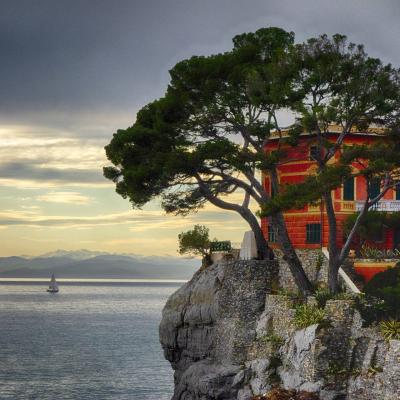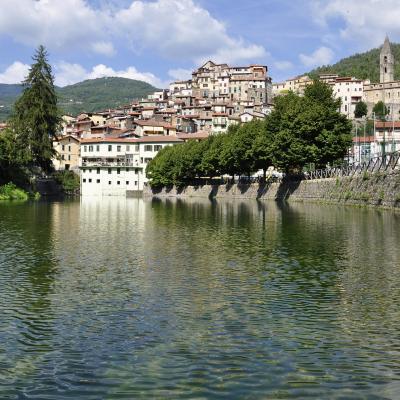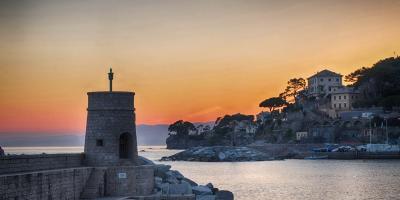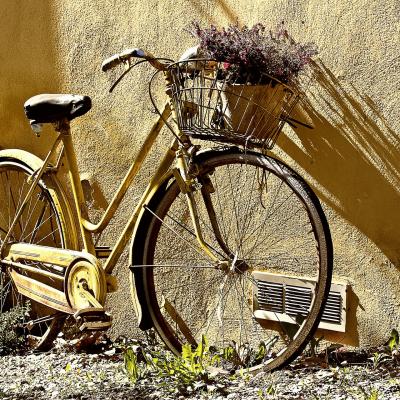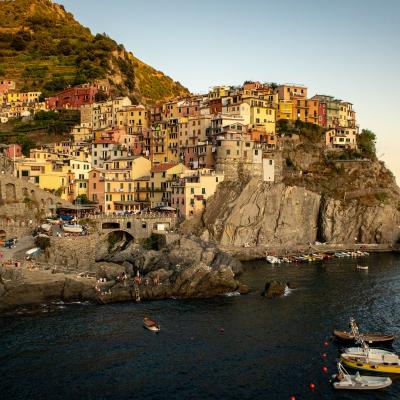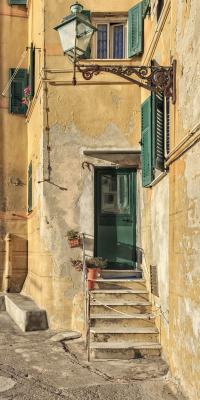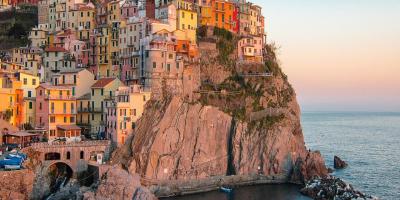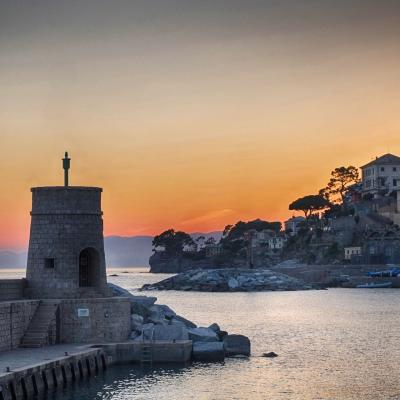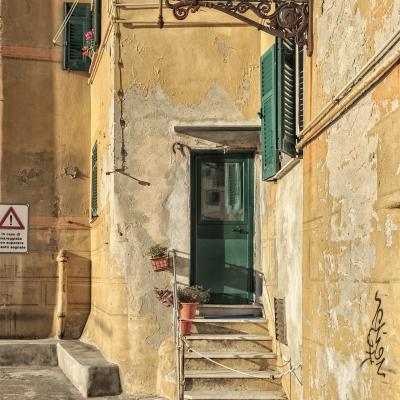Liguria
Liguria is a region in northwestern Italy, washed by the Ligurian Sea to the south, while to the west it borders France, to the north with Piedmont and Emilia-Romagna, and to the southeast with Tuscany. It is the third smallest region in Italy, after Valle d'Aosta and Molise, but it is one of the most densely populated in terms of density. It is forested (about 63%) and lies between the Ligurian Alps and the Ligurian Apennines in the north and the Ligurian Sea in the south, with a range from 3,000 meters towards France, to 500 meters in the Savona areas. The sea, an arm of the Mediterranean Sea, is important to the region's economy, and the Gulf of Genoa, with that of La Spezia, are the most important in Liguria. The coasts in the west are alternating between sheer cliffs and sandy beaches, while in the east they are high, rocky, and jagged.
The climate is Mediterranean, but not uniform throughout the Region: warm seas and currents from the mountains condition the various areas. Rainy winters and snow at sea level, hot and sometimes muggy summers but the sea helps to feel less humidity, thanks to the breeze. Inland, the climate is semi-continental and harsher, with more intense frost, toward the mountains.
Tourism
Tourism covers an important slice of Liguria's economic pie. The mild climate, the unique landscapes such as Portofino, Sanremo, Cinque Terre or Porto Venere, the beaches, the great offer on the coast, and not only, the quality of services, are aspects that attract tourists from Italy and abroad, with great concentration in the hottest months of the year: from late spring to early autumn.
Sea, countryside, mountains: three important factors for the region, including culture, history and folklore. And, in winter, you can also ski in Monesi and Santo Stefano d'Aveto, areas close to the Mondolè Sky ski area in Piedmont, not far from Limone Piemonte.
There is no shortage of wine in this Region in the area of Sestri Levante and Tigullio (Bianchetta Genovese, Moscato bianco, Vermentino, and Ciliegiolo), in the Riviera di Levante (Pigato and Rossese), in the Cinque Terre (including Sciachetrà, a renowned fortified wine), in the Riviera dei Promontori (the Levanto and Vernaccia), and the Vermentino from the hills of Luni and Arcola.
Ligurian cuisine is influenced by the Mediterranean diet, with the skilful combination of sea and land products in dishes enhanced by the many herbs that grow wild in the different areas, characteristic of the Mediterranean maquis.
Among the local products fish, EVO oil, anchovies, trofie, farinate, panissa, pesto, canestrelli are just a few examples, just to make your mouth water.
There are six UNESCO World Heritage Sites in Liguria: the historic center of Genoa, Cinque Terre, Tino, Tinetto, Palmaria and Porto Venere. Areas definitely worth visiting.
Living Liguria
Popular folklore steeped in Ligurians, from religious to secular festivities. In this Region, traditions are very strong. , from religious festivities - sometimes inherited from ancient pagan traditions - to secular festivals.
For example, in May (second Sunday) in the seaside village of Camogli there is a celebration of St. Fortunato, patron saint of fishermen, with a procession of the statue of the saint, a fireworks display, the burning of the bell tower, and the famous Fish Festival.
The famous flower displays in San Remo, Diano Marina, Sassello, recall sacred characters and scenes.
Other events: the Palio del Golfo in La Spezia in Ferragosto, the first Sunday in August in Camogli the Procession of Boats, the Sanremo Festival in February, Euroflora in Genoa, the Genoa Aquarium, the Boat Show, the Fish Show, also in the regional capital (Genoa).
